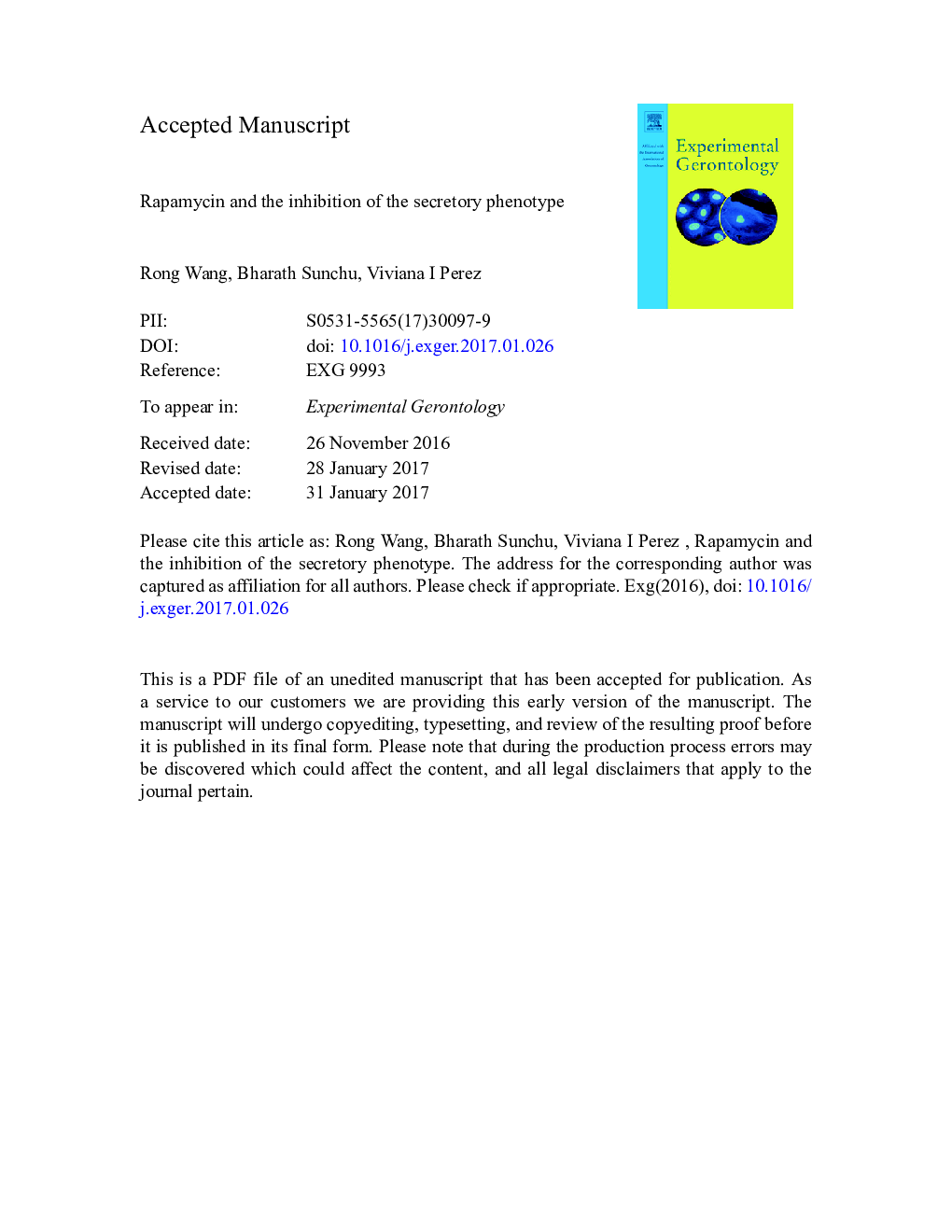| Article ID | Journal | Published Year | Pages | File Type |
|---|---|---|---|---|
| 5501328 | Experimental Gerontology | 2017 | 18 Pages |
Abstract
Senescent cells contribute to age-related pathology and loss of function, and their selective removal improves physiological function and extends longevity. Cell senescence is a complex process that can be triggered by multiple challenges. Recently it has been observed that the composition of the secretory phenotype or SASP depends on the insult that triggers cell senescence. Rapamycin, an inhibitor of mTOR that increases longevity in several species, inhibits cell senescence in vitro, while silencing the Nrf2 gene induces premature senescence. We have found that rapamycin activates the Nrf2 pathway to regulate cell cycle arrest, but not the production of SASP, which is regulated by a different pathway, probably involving the inhibition of MAPKAPK2.
Related Topics
Life Sciences
Biochemistry, Genetics and Molecular Biology
Ageing
Authors
Rong Wang, Bharath Sunchu, Viviana I Perez,
